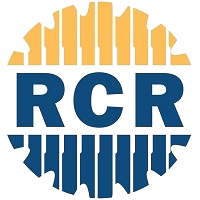
RCR Tomlinson
RCR works with some of the world's leading companies to provide integrated engineering solutions, delivered through our three business streams of Infrastructure, Energy and Resources. We employ approximately 3,200 people supporting major projects across our extensive network of operations in Australia, New Zealand and Asia.